Trendy bike helmets sometimes include a myriad of claims. On condition that many premium choices are designed with bike racing in thoughts, these are sometimes performance-related. The finest bike helmets purport to be extra aerodynamic or higher ventilated, and so they actually are getting lighter, however are they any safer?
It’s a good assumption that while you purchase a helmet it’s match for goal. All helmets offered by reliable retailers could have handed a security normal for the precise nation it is offered in. Within the US it’s the SNELL normal, whereas within the UK and Europe it’s EN 1078 and also you’ll see a sticker on the helmet to confirm that it meets the necessities.
However provided that these requirements haven’t been up to date for 25 years, are they nonetheless proof sufficient that the helmet we’re shopping for is protected? I requested Dr. Mazdak Ghajari, lead researcher of the HEAD Lab mission at College School London, which as a part of its research has examined quite a few bike helmets with a view to offering shoppers with extra in-depth knowledge, whether or not the present normal had been adequate?
“Requirements be certain that helmets meet a naked minimal safety degree. They’re historically designed to guard towards sure accidents, primarily cranium fractures. Therefore, helmets that meet requirements, in distinction to people who don’t, have a minimal degree of safety,” he mentioned
“Present requirements measure helmet safety throughout impacts towards ‘inflexible’ flat or non-flat (hemispherical or curbstone) anvils. Their move/fail relies on the danger of cranium fractures. Because of this, present helmets present good safety towards cranium fractures and related focal mind accidents similar to contusions.”
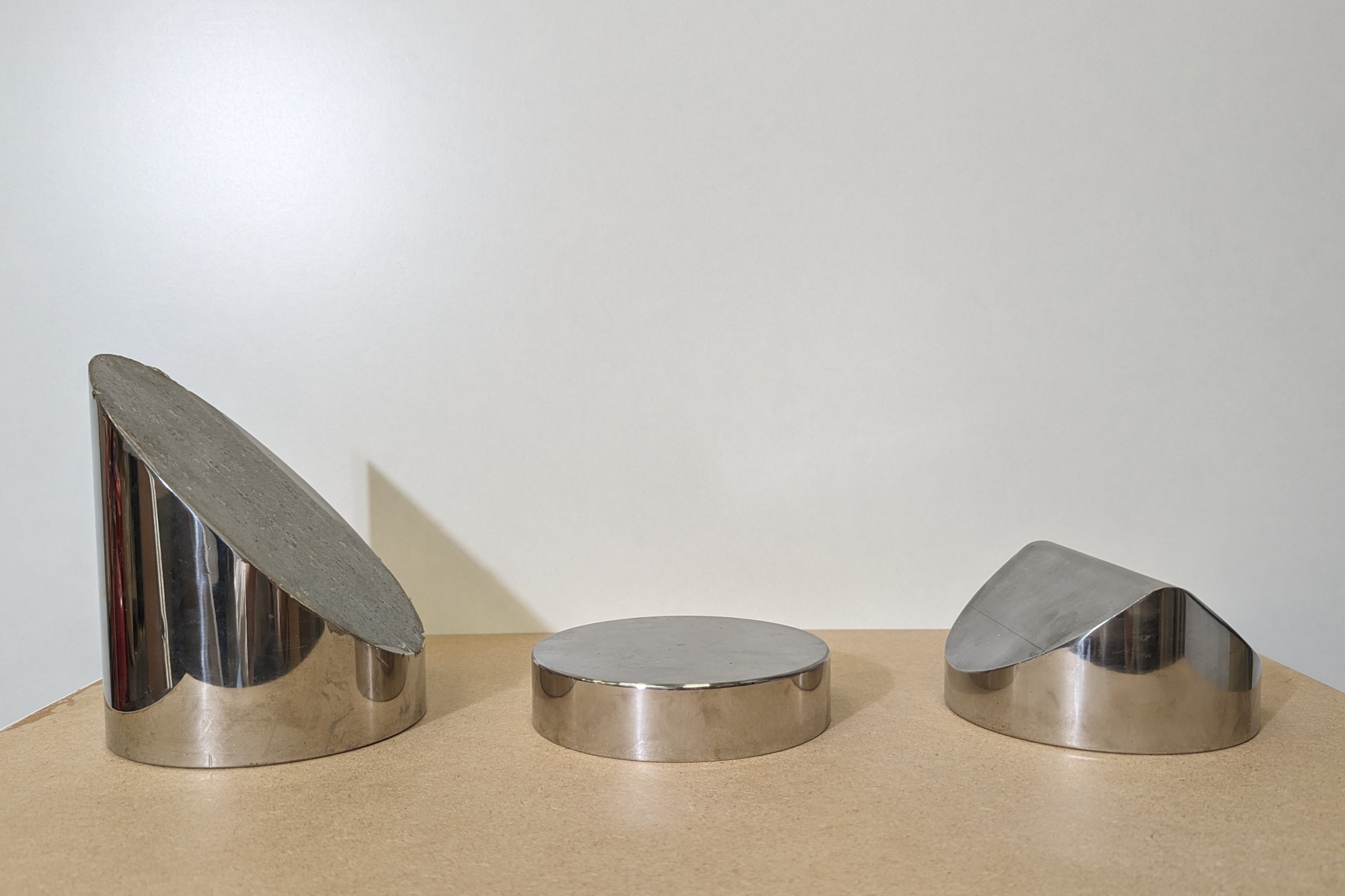
Three anvils utilized in helmet testing
(Picture credit score: Future (Joe Baker))
However cranium fractures aren’t the one potential head damage that may be attributable to falling off a bicycle. So are these requirements a bit of too slender of their method? Dr. Ghajari believes so.
“These requirements don’t take a look at helmets for mitigating rotational results of impacts on the mind. Head rotation can produce accidents similar to diffuse axonal accidents, which have long-term results and are sometimes tougher to handle than focal mind accidents,” he says.
The most recent race content material, interviews, options, evaluations and skilled shopping for guides, direct to your inbox!
After all, producers of helmets can design a product that exceeds the mandatory necessities to satisfy these requirements. And it’s right here that we’ve seen the creation of know-how designed to minimise the rotational impacts that Dr. Ghajari references, with MIPS [Multi-directional Impact Protection System] being probably the most recognisable. As a non-proprietary design, it’s seen throughout many helmets from many manufacturers. However what is strictly meant by a rotational influence and why has it been such an space of focus previously few years?
“Head impacts have completely different mechanical results on the pinnacle. They’ll apply a direct pressure to the pinnacle, which might fracture the cranium. These results are sometimes assessed by measuring the ‘linear acceleration’ on the centre of mass of the pinnacle. That is why it’s well-acknowledged that present requirements, which measure peak linear acceleration, assess the danger of cranium fractures,” he says.
“However head impacts may produce head rotation. Head rotation can produce shearing of mind tissue and result in bleeding and axonal accidents.” Axonal accidents are when the mind’s nerve fibres are torn, sometimes attributable to the mind shifting and rotating contained in the cranium throughout an accident.
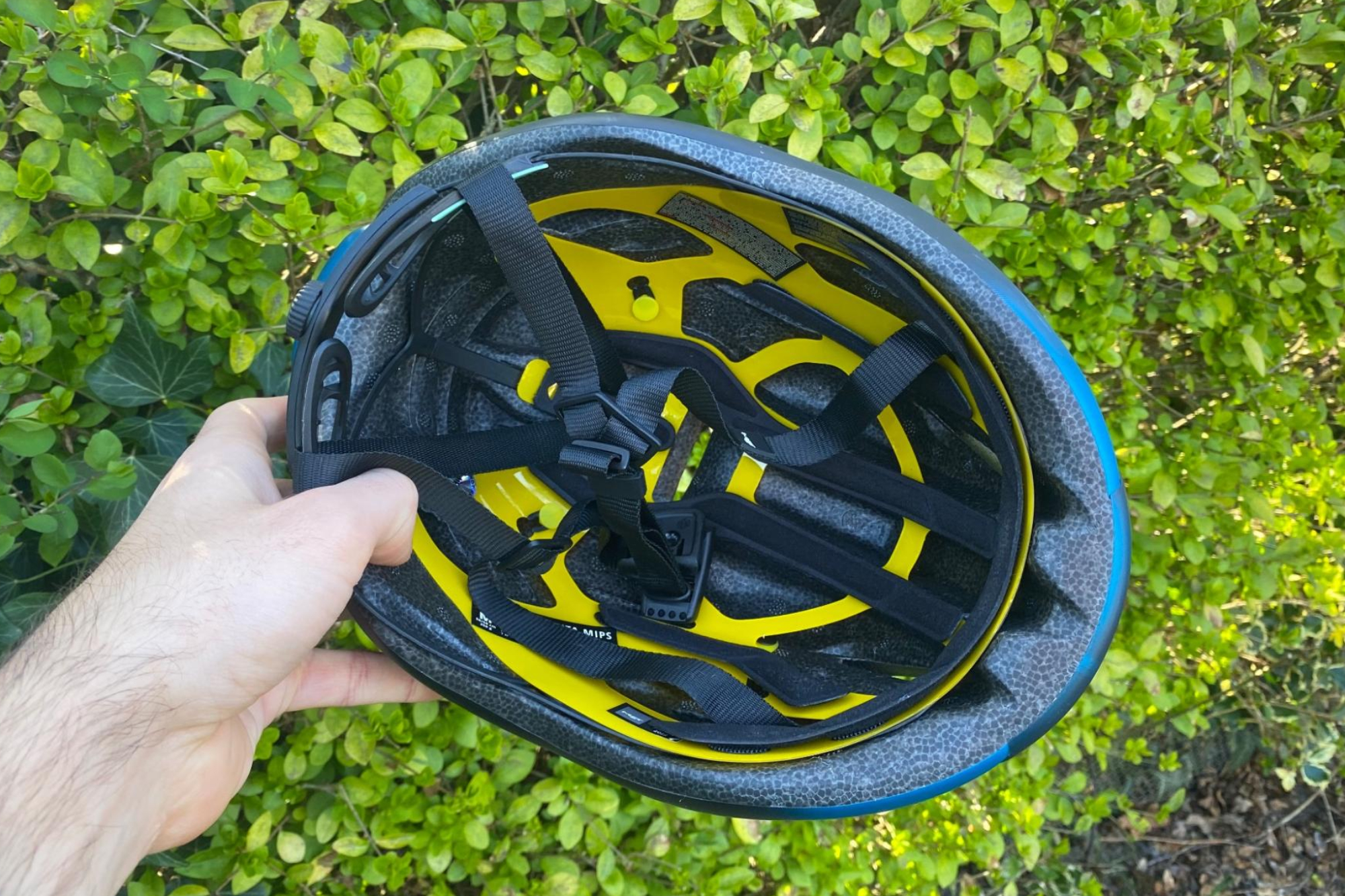
(Picture credit score: Future)
Dr. Ghajari explains that any influence could cause each linear and rotational head motions, however that some impacts produce bigger rotations. An instance of that is an indirect influence, the place the course of movement is at an angle to the influence. “As a result of they [oblique impacts] produce a big pressure tangential to the helmet, they have an inclination to extend helmet/head rotation,” he says.
So does MIPS know-how – or comparable choices – make a helmet safer?
“Utilizing applied sciences devoted to decreasing head rotation throughout impacts are useful in enhancing helmet safety,” says Dr. Ghajari. “As an illustration, applied sciences that enable for bigger relative rotation between the pinnacle and helmet may also help scale back head rotation and MIPS has been efficient in decreasing head rotation in indirect impacts in laboratory experiments.”
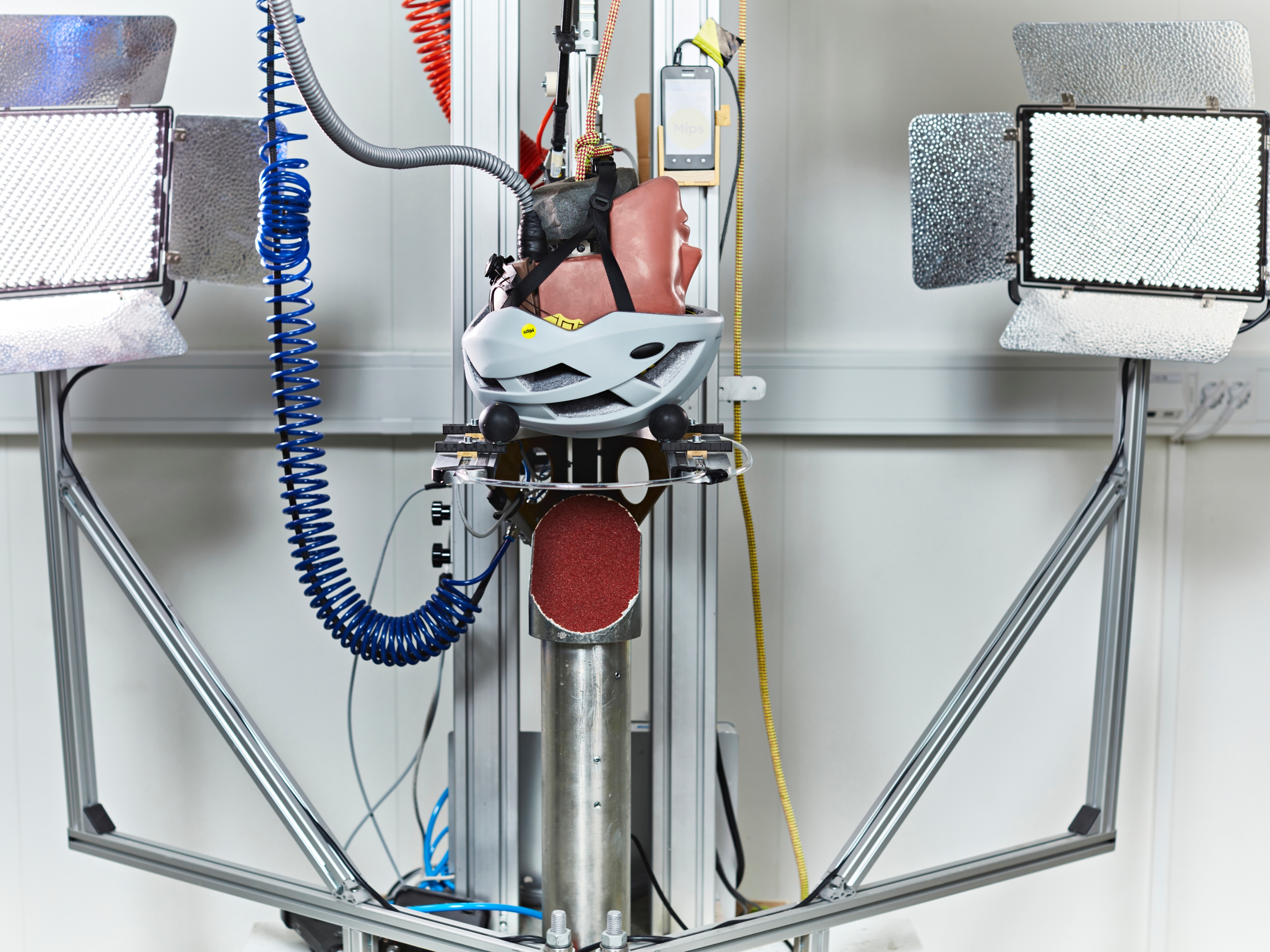
(Picture credit score: MIPs)
Whereas MIPS has been proven to enhance the security of a helmet on the subject of decreasing head rotation, it’s been included into designs that in any other case seem largely unchanged from these of the final 5 and even ten years. Bike helmets proceed to make use of a reasonably standardized design – an outer shell constituted of a tough plastic, an interior lining constituted of foam, an inner adjustable ‘cage’ that permits the helmet to be tightened and a chin strap. It begs the query if this blueprint stays the perfect method from a security perspective. Once more, I requested Dr. Ghajari his ideas on
“In my view, it’s a good design by way of security,” he says. “The outer shell offers some safety towards sharp objects, and it spreads the contact pressure over a bigger space of the interior liner. This helps to interact a bigger quantity of the liner, thus rising the vitality absorption. The adjustable cage system may be very helpful in ensuring that the helmet is secured to the pinnacle and doesn’t come off earlier than the influence.”
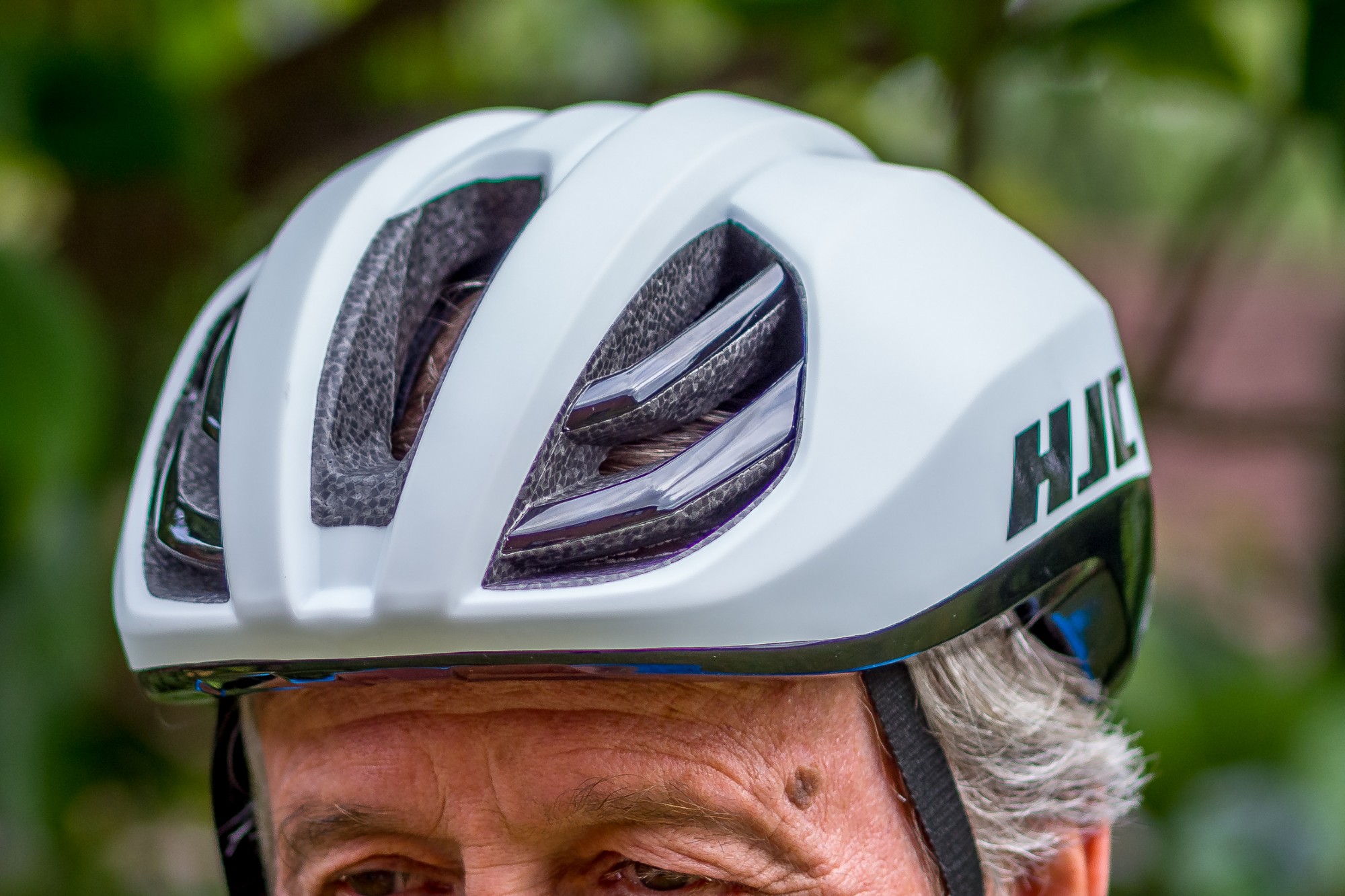
The ‘blueprint’ of a tough outer shell, an interior foam liner and a chin strap stays the usual method for a protected helmet.
(Picture credit score: MichelleArthursBrennan)
It’s encouraging to listen to, particularly from the lead in a examine that has examined some 30 helmets with a view to offering the patron with detailed, unbiased data relating to helmet security (you could find the outcomes at hiperhelmets.org). However that’s to not say designs can’t be improved and that helmets gained’t proceed to evolve. For instance, Trek at present has a patent utility for a helmet design that makes use of a ‘sliding vitality diverting layer’ that additionally acts because the outer shell of the helmet.
Dr. Gharaji acknowledges that present linear and rotational influence safety may be improved upon provided that cyclists nonetheless maintain mind accidents after falls and collisions, and can possible come because of a change in materials. So long as it will probably show to be cost-effective.
“There have been a number of efforts to include new supplies in helmet liners to enhance head safety, however they’ve largely did not enter the market on account of both marginal enhancements or excessive prices,” he says. “I hope to see new supplies included in helmets that may enhance their safety with out having a big influence on helmets’ worth.”
It’s a sound level and one which’s integral to the persevering with growth of safer helmets. Helmets should be wearable and eradicating boundaries to make use of is a vital issue, whether or not it’s making them extra reasonably priced, lighter or transportable, such because the foldable Newlane design.
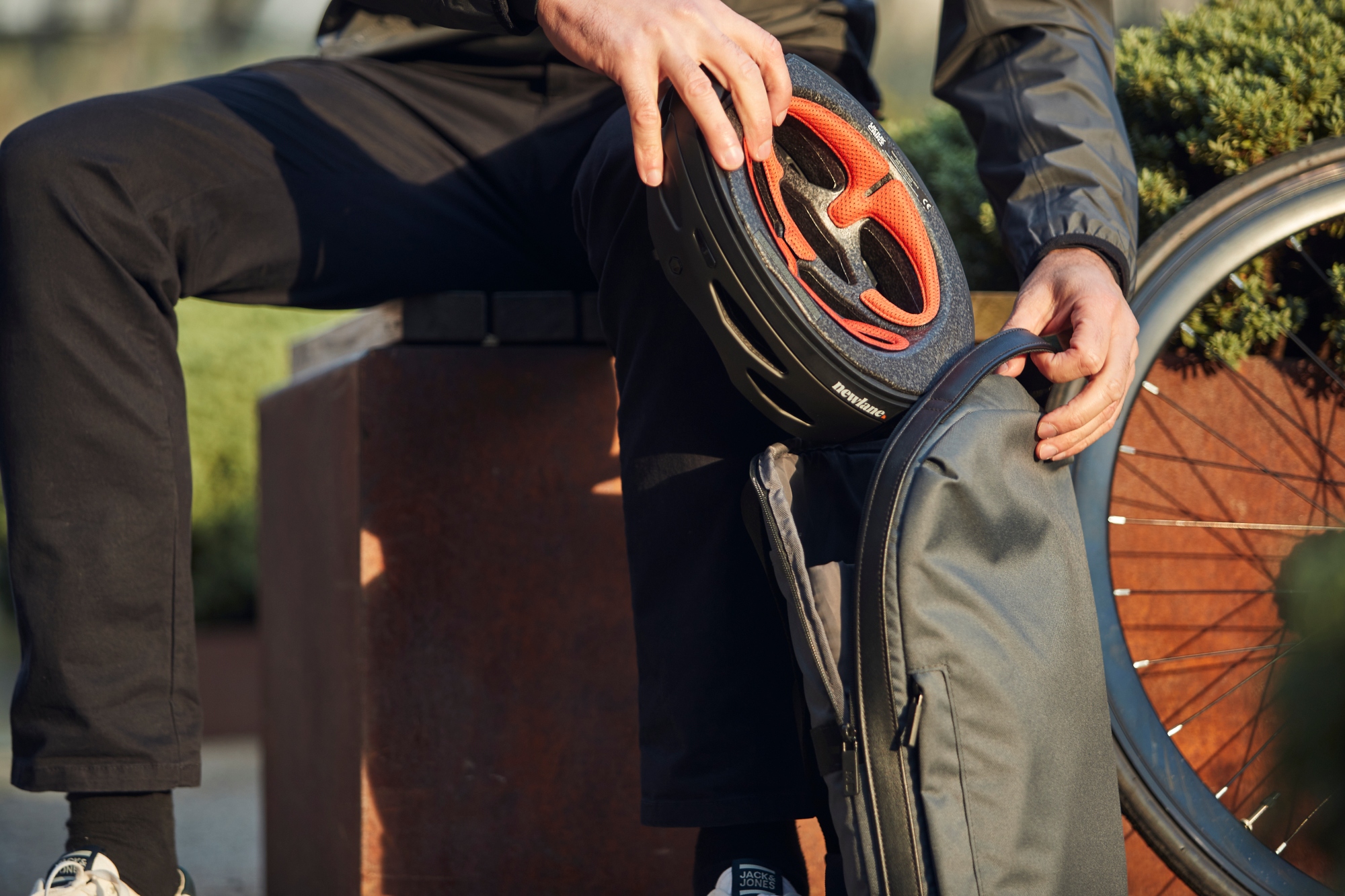
The Newlane helmet is created to be packable and transportable
(Picture credit score: Newlane)
I’ve at all times favoured helmets which have felt gentle on the pinnacle and have discovered them, unsurprisingly, to be much more wearable than ones which might be extra weighty. It’s a calling card of many street helmets, which extol the air flow and total lack of weight. However I questioned if these fashionable, light-weight designs are much less protected, even when they’re extra fascinating?
“To enhance air flow, holes are included within the helmet design, which implies extra of the liner is eliminated, thus decreasing the quantity of liner out there for vitality absorption,” says Dr. Gharaji.
One other newer development in helmet design has been the incorporation of aerodynamic properties. Once more, I used to be to seek out out if this might need a detrimental impact on the security of the helmet?
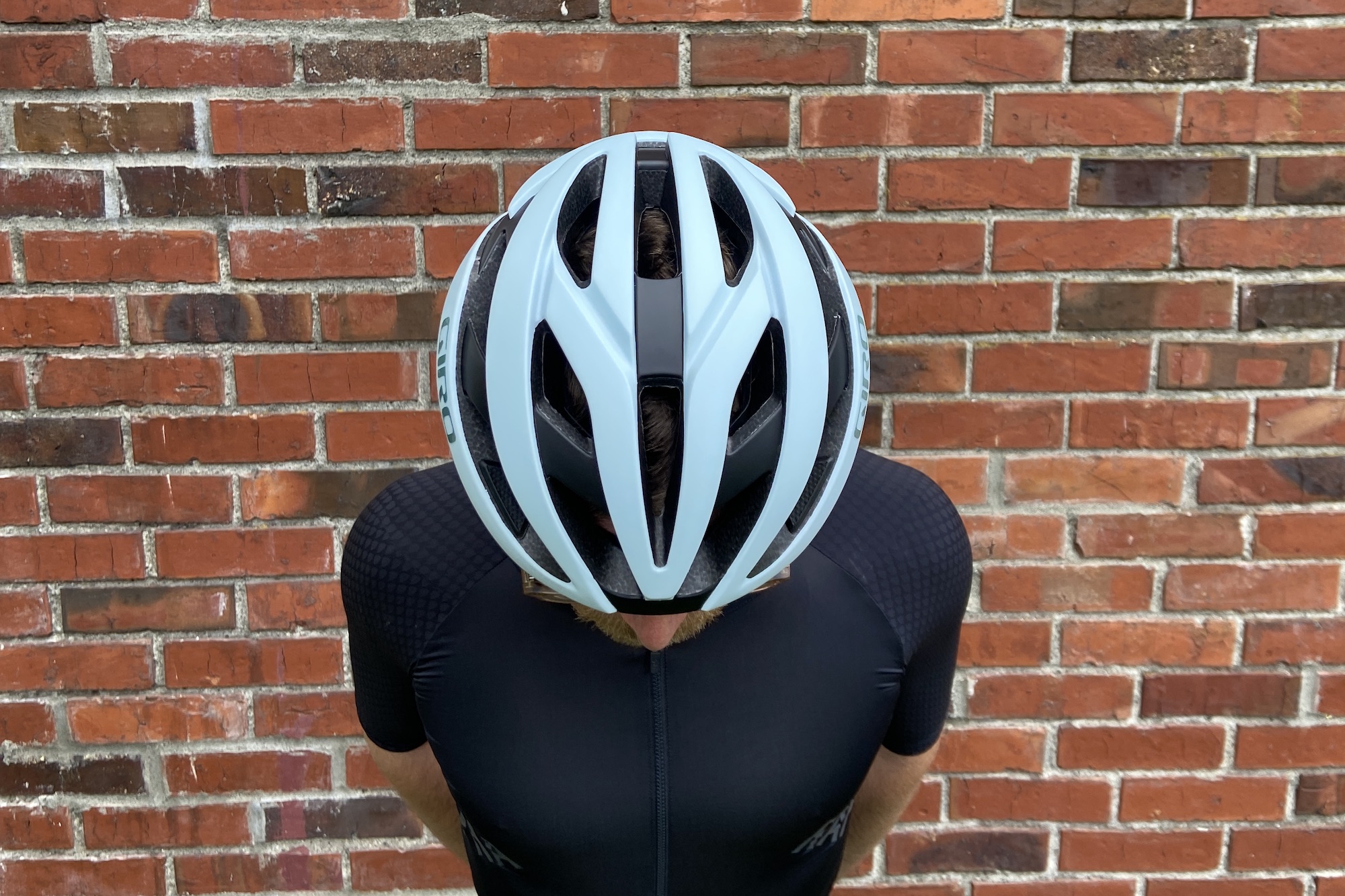
Closely vented helmets imply a cooler head however a discount within the quantity of liner foam used
(Picture credit score: Tyler Boucher)
“Aerodynamics and air flow put constraints on helmet design from a safety viewpoint,” says Dr. Ghajari. “Aerodynamic helmets are thinner, however the thinner the helmet, the much less liner is accessible for vitality absorption. There could also be smarter methods for designing helmets for higher aerodynamics and air flow, which contain eradicating a part of the liner however in a approach that may contribute to raised safety towards sure damage mechanisms, similar to rotational mechanisms,” he provides.
“Presently the dominant method for enhancing aerodynamics and air flow is thinning the helmet and incorporating holes within the liner,” Dr. Ghajari concludes.
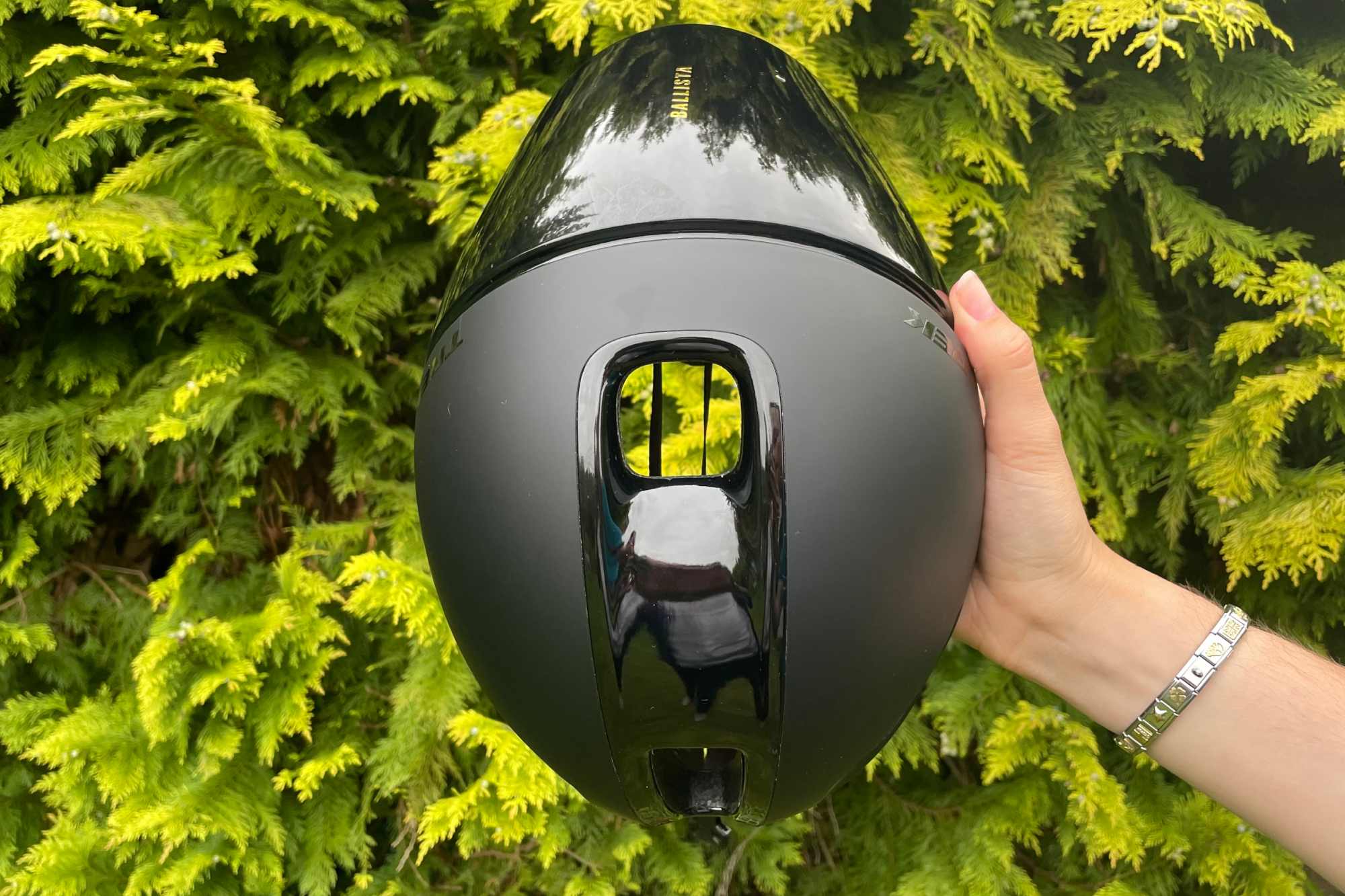
A contemporary aero design within the form of Trek’s Ballista helmet
(Picture credit score: Charlotte Broughton)
After all, this doesn’t make aero or light-weight helmets unsafe, however making a helmet thinner or including vents, which necessitates eradicating areas of the liner, will make enhancing security tougher. That is the place thorough, unbiased testing that considers real-world impacts may also help solidify shopper confidence.
To a point the Virginia Tech scores, which offers comparable outcomes throughout a variety of helmets and is totally freed from any funding or affect from helmet manufacturers, provide this. Nonetheless, a fast scan of the 250+ helmets that it has examined to this point reveals that many obtain the complete 5 stars. Whereas that is encouraging by way of the helmet’s security, it might be urged that there’s a have to proceed to advance the testing, as Dr. Gharaji and his staff are doing, which in flip would require the helmet designers to evolve as properly if their merchandise are to obtain the very best security scores.
